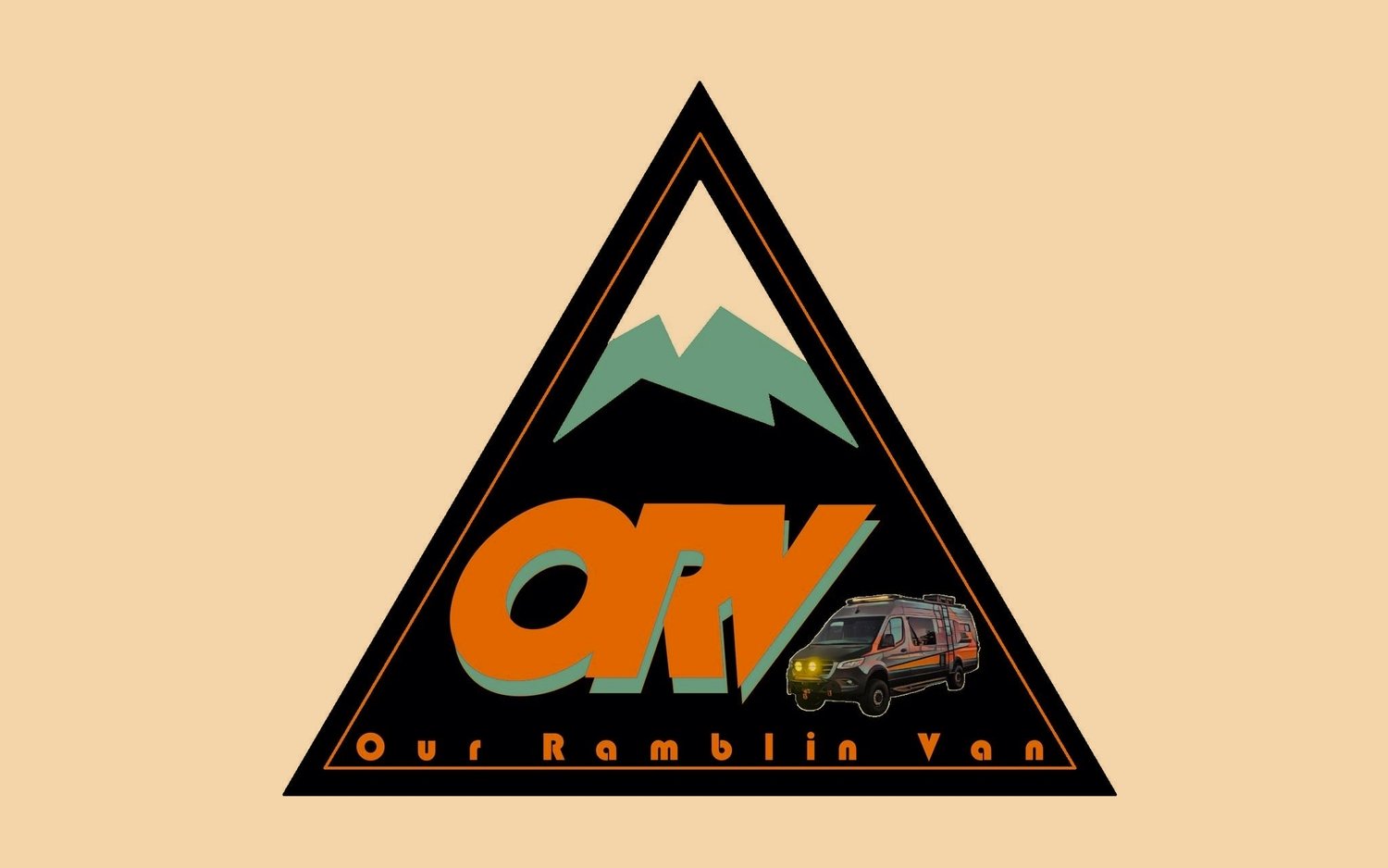Kluane Lake, Yukon
For the next couple of days, we have a lake front home on the beautiful shore of Kluane Lake in southwest Yukon, Canada. This is a massive lake with approximately 158 square miles of surface area. This is an interesting body of water, not just because of its size and the beauty of the mountains surrounding it, but because it is in a state of transition.
Per Wikipedia:
Over 4 days in May 2016, the Slims River suddenly disappeared, leaving windswept mud flats where the Alaska Highway crosses the diminished inlet. Voluminous glacial meltwaters were suddenly diverted from one side of North America to another — from the Bering Sea to the Gulf of Alaska. With its main water supply cut off, Kluane Lake will likely become an isolated basin within a few years, shrinking below its outlet (the Kluane River). Lack of inflow is rapidly changing the water chemistry and fish populations of Kluane Lake.
For the last 300 years until 2016, abundant meltwater from the Kaskawulsh Glacier has been channeled by ice dams to drain via the 150-meter wide Slims River northwards into Kluane Lake. Between 1956 and 2007, the Kaskawulsh glacier retreated by 655 meters. Meltwater flooding from accelerating retreat in 2016 carved a new channel through a large ice field, diverting most flows into the Kaskawulsh River, a tributary of the Alsek, which flows into the Gulf of Alaska.
So, from a body of water which acted as a flow-through from one river to another, this lake is becoming a basin with no inlet or outlet. There are plenty of basin lakes in the world, I suppose they became basins in much the same way that this one will. To my knowledge, this is the first lake I have ever been to that is currently in its ‘mid-life crises’ so to speak. Nature, going through ‘the change’ right before my eyes. That’s quite a thing to witness. The Slim River mud flats mentioned in the Wikipedia post are now a grassy flat with pooled water here and there, it looks like a perfect waterfowl habitat to my eyes, the kind we protect vigorously back where I come from in Nebraska where avian flyways are important. Then again, we don’t get a lot of glacier-fed water ways back home, so how can I compare? I’m glad to be here, not only because it’s gorgeous, but because it pulls a deep appreciation from my soul for our world and the way nature shifts and bends to its ever-changing circumstance.

